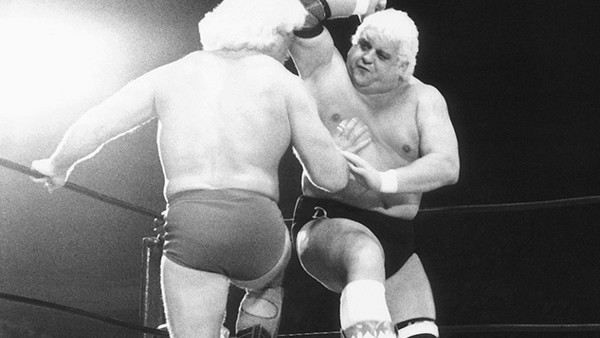10 Ways The WWE Network Has Changed Since It Launched
2. The Promotion's Own Outlook On Traditional Wrestling

As aforementioned, WWE's early belief that monthly pay-per-views and a vast event library would be enough to lock customers in for good changed after the Network launched. Suddenly, the company realised they needed more and more to keep people coming back.
One thing they didn't count on was that old-school wrestling would be a major reason for the Network's success.
Current Co-President George Barrios admitted during a Q&A (at the Global TMT Conference in Las Vegas) this past January that he and other executives were shocked by how much traditional wrestling content Network subscribers were viewing. The fact that wrestling fans might want to explore the history of their hobby was apparently lost on WWE when the Network started.
Barrios was speaking after WWE had released a ton of Mid-Atlantic Championship Wrestling content to subscribers. He, and others in the board room, were dumb-founded that fans eagerly tuned into these shows rather than solely watching current stuff.